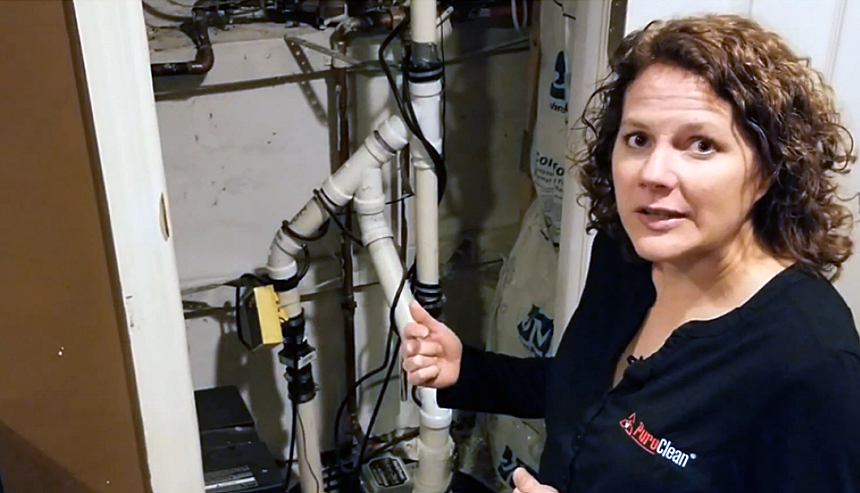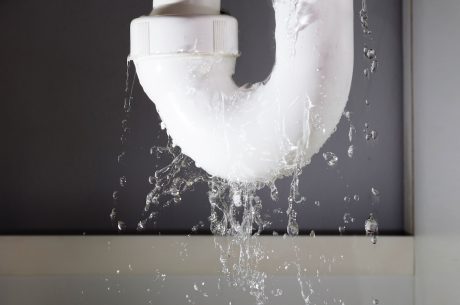Sump pumps are critical components in many homes, particularly in areas prone to flooding or where basements are below the water table. They help prevent water damage by removing excess water from your home’s basement or crawl space. They also help you maintain balanced basement humidity levels. Therefore, regular sump pump testing and maintenance is essential.
Our sump pump video provides a couple of tips on different sump pump types and how to make sure your pump stays running and ready for any emergency!
Understanding the different types of sump pumps and how to maintain them can save you a lot of trouble and money in the long run. Here’s a straightforward guide on what you need to know about sump pumps and how to ensure they work efficiently.
Types of Sump Pumps
Most homes with sump pumps will have a primary sump pump, which is essential for everyday water management. This standard sump pump is usually electrically powered and is designed to work automatically when water reaches a certain level. It detects water levels through a float mechanism—much like the one in your toilet tank.
- You might also be interested: Be Prepared for Spring Basement Flooding
- How to Winterize Your Vacant House
Save Your Sump Pump Before It’s Too Late
Testing your sump pump each month is a great way to prevent a potential home catastrophe. Here is a simple, step-by-step process:
- Locate the Float: The float is typically a black ball or similar device floating on the water surface inside the sump pit. Its function is to trigger the pump when the water level rises.
- Manual Test: Gently lift the float upwards until the pump activates. You should hear the pump turn on (a buzzing noise) and see it start to pump water out of the pit. If this happens, it means your pump is functioning correctly.
- Listen and Observe: As the pump operates, listen for any unusual noises and observe to ensure the water level is indeed lowering. This will confirm that the pump is effectively removing water from the pit.
It’s a good practice to test your sump pump monthly, especially during wet seasons when you rely on it the most.
Have a Backup
Most sump pumps are powered by electricity, but what if there’s an outage?
In addition to the primary sump pump, it’s wise to have a backup. A common secondary option is a water-powered sump pump, which does not rely on electricity to operate. This type of pump can be incredibly useful during power outages—a frequent scenario during heavy storms when sump pumps are most needed.
How It Works: A water-powered sump pump uses the pressure of the incoming water supply to pump out the accumulated water. For every gallon of municipal water it uses, it can expel two gallons of groundwater.
While effective, this type of pump should only be used as a backup. It can significantly increase your water bill if used as the primary pumping method due to its operational costs.
Conclusion
Maintaining and testing your sump pump is key to ensuring your home stays dry and that your pump functions correctly when needed.
Whether you have an electric or water-powered pump, keeping it in good working condition will help you avoid unexpected failures when you most need the pump to operate. You can keep your basement dry by following these simple tips and understanding the basics of how different sump pumps work.



